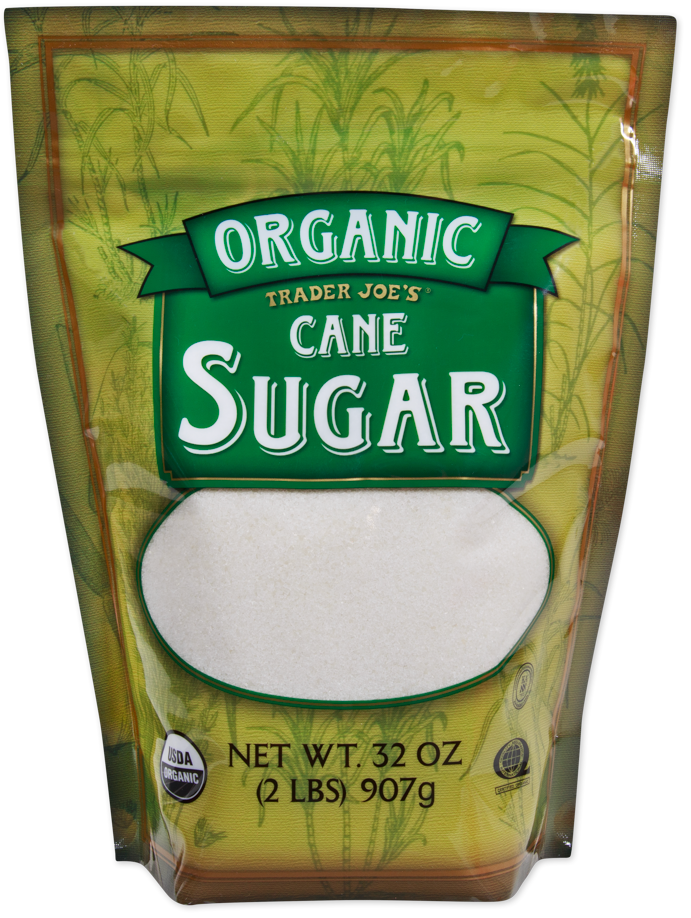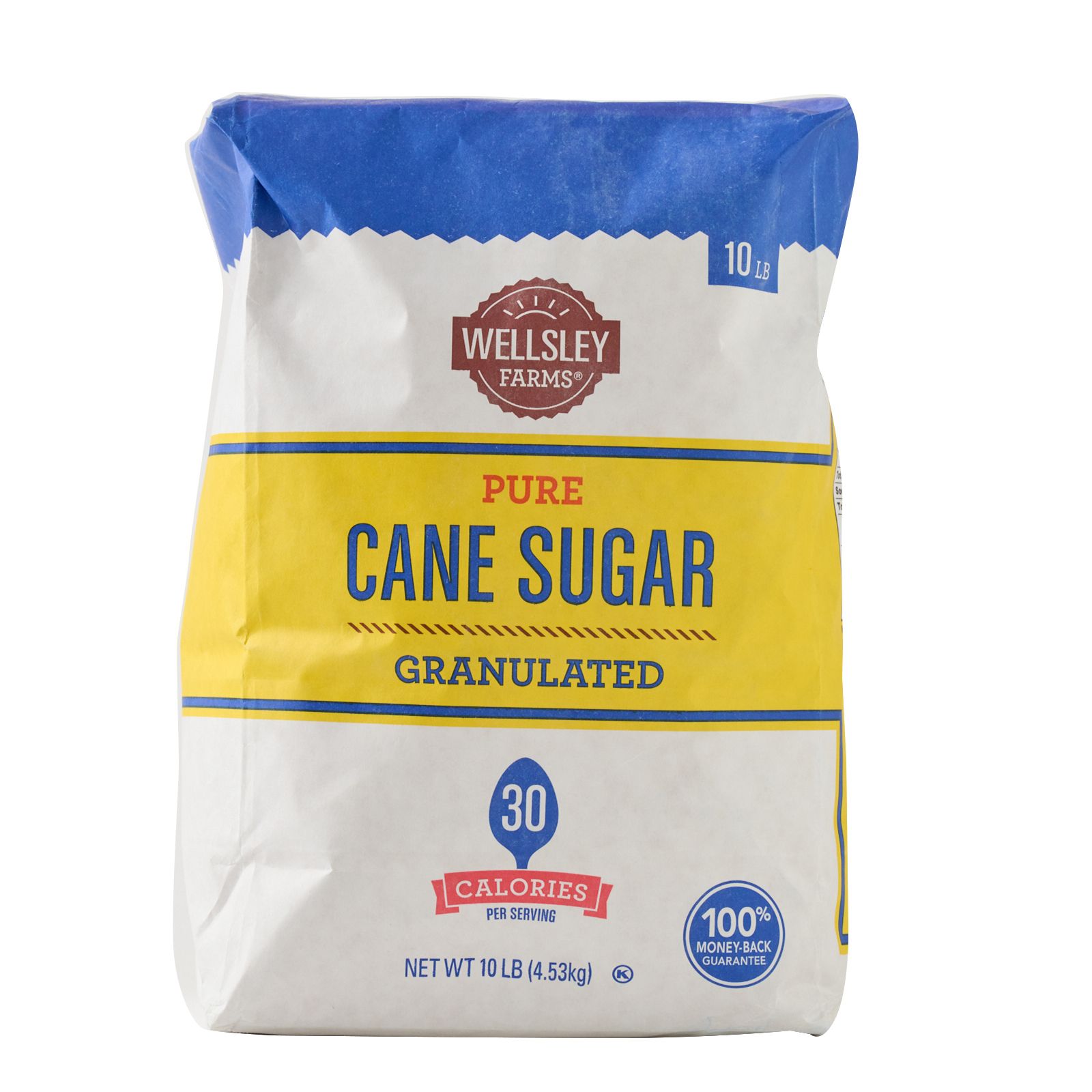An In-Depth Guide to the Environmental Effect and Sustainability Practices in Walking Cane Sugar Processing
The environmental effect of walking stick sugar handling offers a complex range of difficulties that warrant mindful examination. From soil deterioration and extreme water usage to the carbon footprint connected with farming and manufacturing, the effects of traditional practices are far-reaching. In contrast, the adoption of innovative sustainability actions uses a path toward more responsible production approaches. Recognizing the interaction in between these concerns is important for stakeholders in the industry. What specific practices can be implemented to strike an equilibrium in between efficiency and environmental stewardship? The answers depend on a closer consider both the obstacles and prospective services.
Overview of Walking Cane Sugar Processing
Walking cane sugar processing entails a series of organized steps that transform sugarcane right into refined sugar. At first, harvested sugarcane is transported to refining facilities, where it goes through cleansing to eliminate dirt and debris. Following this, the walking cane is crushed to remove juice, which is then cleared up by removing pollutants via heating and the enhancement of lime.
The clarified juice undertakes evaporation, where water is eliminated to focus the sugar material. This focused syrup is after that crystallized with air conditioning, enabling sugar crystals to create. These crystals are separated from the remaining syrup making use of centrifugation, resulting in raw sugar. To attain polished sugar, the raw product goes through more filtration processes, which may consist of filtering and washing to get rid of continuing to be impurities and color.
The end product is after that dried out and packaged for distribution. Throughout this whole procedure, preserving effectiveness and top quality control is necessary to guarantee the sugar meets market standards. Each action in walking cane sugar handling not just adds to the end product yet also has effects for source usage and waste generation, establishing the phase for conversations on sustainability and ecological effects related to sugar manufacturing.
Ecological Difficulties of Manufacturing
The manufacturing of walking stick sugar provides a number of considerable environmental challenges that warrant attention. One primary issue is the comprehensive use agrochemicals, including pesticides and plant foods, which can bring about dirt deterioration, biodiversity loss, and contamination of regional water sources. The runoff from sugarcane fields typically brings these chemicals into nearby communities, disrupting aquatic life and influencing the wellness of areas reliant on these water bodies.
One more obstacle is the high power consumption connected with sugarcane handling. The boiling and refining stages require considerable warmth, mainly generated by melting fossil gas, contributing to greenhouse gas emissions. In addition, the extensive acreage needed for sugarcane growing can lead to logging and habitat destruction, more worsening climate adjustment and threatening wild animals.
Furthermore, the labor practices in some areas raise honest concerns, as employees may encounter bad working problems and insufficient incomes. This circumstance frequently bolsters a cycle of hardship in regional communities. Cane Sugar Processing. Resolving these environmental challenges is crucial for creating extra lasting practices in cane sugar production, inevitably benefiting both the environment and the areas associated with this market
Water and Land Usage Impact
Water sources and land use are crucial elements in the walking cane sugar industry that dramatically impact the atmosphere. The farming of sugarcane calls for substantial water input, with quotes suggesting that it can take in approximately 2,000 liters of water per kilogram of sugar created. This extensive use of water typically leads to depletion of regional water resources, impacting not just the sugarcane haciendas but also surrounding ecological communities and communities that depend check these guys out on the exact same water resources for farming and residential usage.

Moreover, land use for sugarcane growing can result in logging and the conversion of natural habitats into monoculture haciendas. This method lessens biodiversity, disrupts neighborhood communities, and adds to dirt destruction. The development of sugarcane fields usually trespasses on beneficial agricultural land, producing competitors for sources between food and biofuel manufacturing.
Lasting practices, such as enhancing irrigation methods and applying crop rotation, are important to mitigate these effects. By embracing extra efficient water usage and land administration approaches, the walking stick sugar sector can reduce its ecological footprint, making certain an equilibrium between agricultural efficiency and environmental conservation.
Greenhouse Gas Emissions
Greenhouse gas exhausts stand for a significant environmental worry within the walking cane sugar handling industry, particularly as agricultural methods broaden to satisfy worldwide need. The farming of sugarcane, a crop that thrives in tropical climates, depends heavily on synthetic plant foods and chemicals, which add to laughing gas discharges. Furthermore, land-use adjustments, consisting of logging for brand-new sugarcane haciendas, launch co2 saved in plants and dirt.
During processing, energy consumption is another significant resource of greenhouse gas emissions - Cane Sugar Processing. Many sugar mills make use of nonrenewable fuel sources to power machinery and generate warmth, leading to significant carbon footprints. In addition, the transportation of raw sugarcane and finished items adds layers of emissions via fuel combustion in lorries
This includes evaluating present farming practices, refining methods, and transportation systems to recognize locations for improvement and reduction. Addressing greenhouse gas emissions is crucial for promoting a much more lasting cane sugar market in an altering environment.

Sustainable Practices and Innovations
Lasting methods and developments are significantly crucial view publisher site in the cane sugar handling sector as stakeholders seek to reduce ecological impacts while keeping efficiency. One substantial development is the implementation of integrated plant administration, which maximizes source use by incorporating soil monitoring, pest control, and crop turning strategies. This method boosts yield while lessening chemical inputs and preserving soil wellness.
Furthermore, the fostering of sustainable power sources, such as biomass from sugarcane residues, has actually gained traction - Cane Sugar Processing. By transforming waste items into energy, refining centers can decrease their dependence on nonrenewable fuel sources, thus decreasing greenhouse gas emissions
Water administration methods have actually likewise seen renovations via the recycling and reusing of water in processing plants, substantially lowering freshwater consumption. Developments in innovation, such as accuracy farming, enable farmers to keep track of crop health and wellness and source use better, ensuring sustainable growing methods.
Moreover, qualification programs like Fair Profession and Rain forest Partnership urge eco responsible farming practices and promote social equity within the supply chain. By embracing these try this web-site lasting practices and technologies, the cane sugar processing sector can boost its strength and add favorably to ecological stewardship.
Final Thought
The ecological effect of walking stick sugar processing provides considerable difficulties, including dirt destruction, high water usage, and greenhouse gas discharges, alongside ethical concerns related to labor techniques. Resolving these concerns with sustainable methods, such as integrated plant monitoring, sustainable power fostering, and water recycling, is vital. By promoting socially equitable and eco liable techniques in sugar production, the sector can alleviate its negative effects, making certain a much more sustainable future for both ecological communities and areas entailed in this industry.
Cane sugar handling includes a collection of methodical steps that change sugarcane into polished sugar. Each step in cane sugar handling not only contributes to the last product yet likewise has implications for resource usage and waste generation, setting the phase for discussions on sustainability and ecological impacts linked with sugar production.
Greenhouse gas discharges represent a considerable ecological worry within the walking stick sugar processing market, particularly as farming practices expand to fulfill worldwide demand.Sustainable techniques and advancements are increasingly vital in the walking stick sugar handling industry as stakeholders seek to lower environmental effects while keeping productivity.The environmental effect of walking cane sugar processing provides substantial obstacles, including soil destruction, high water consumption, and greenhouse gas discharges, along with ethical issues associated to labor techniques.
Comments on “Cane Sugar Processing Explained: What Occurs Inside a Sugar Mill”